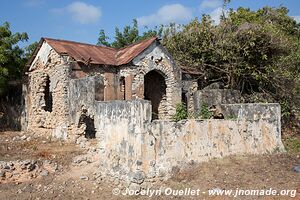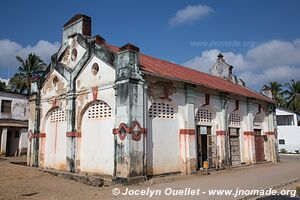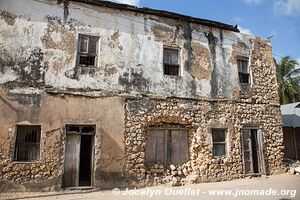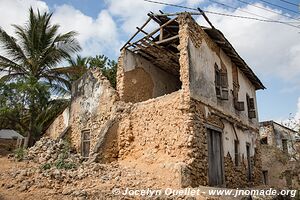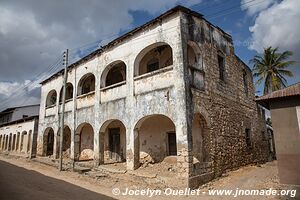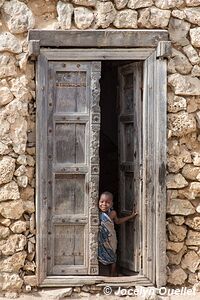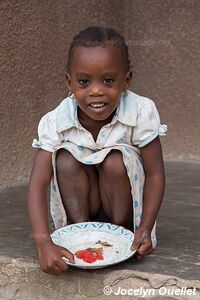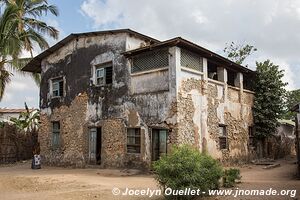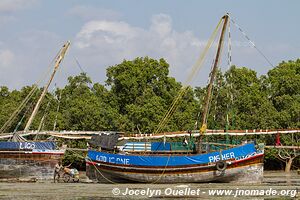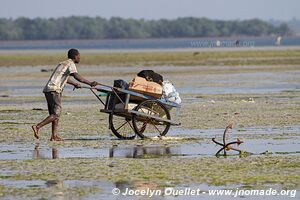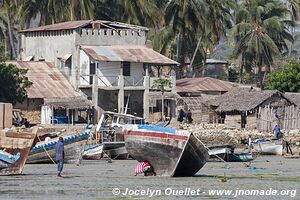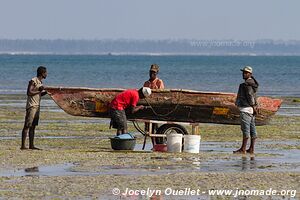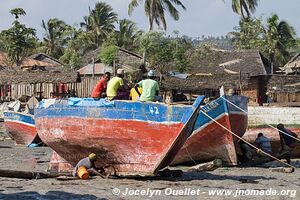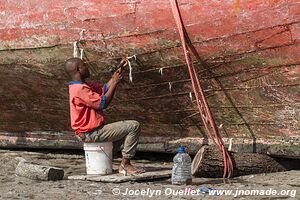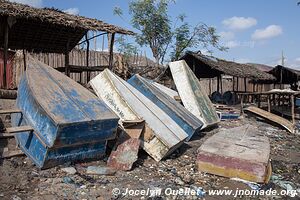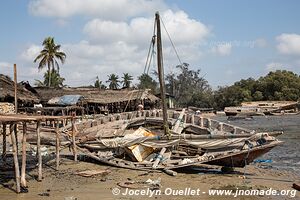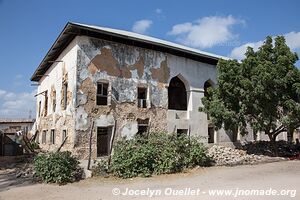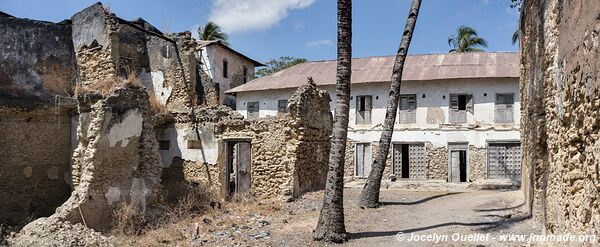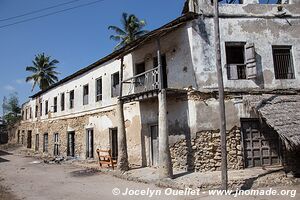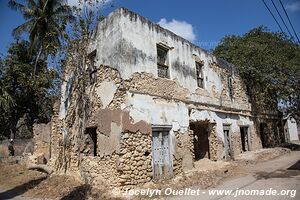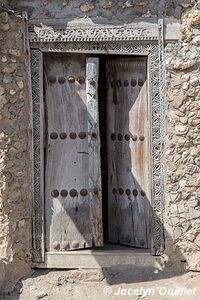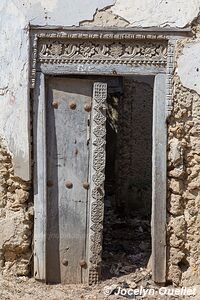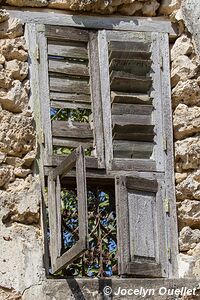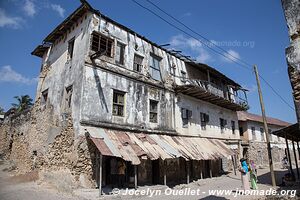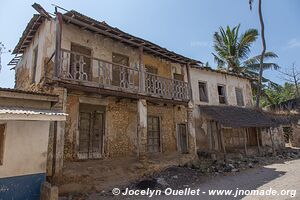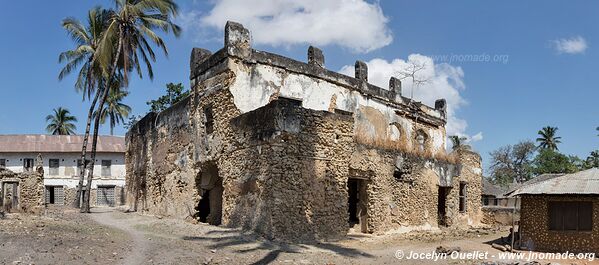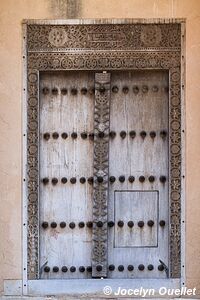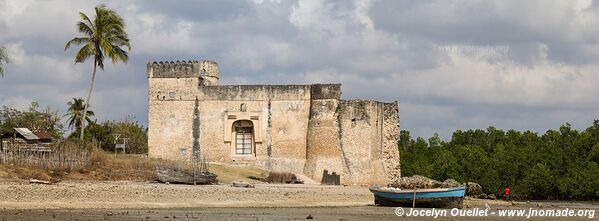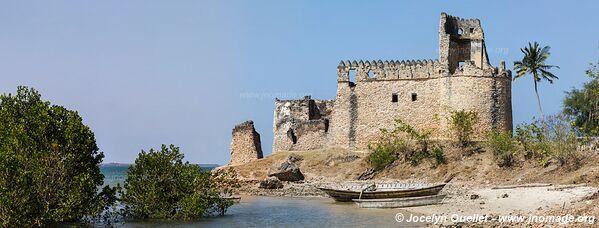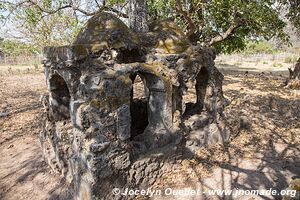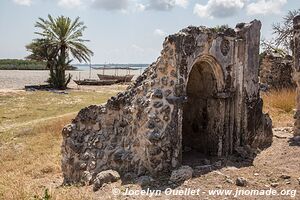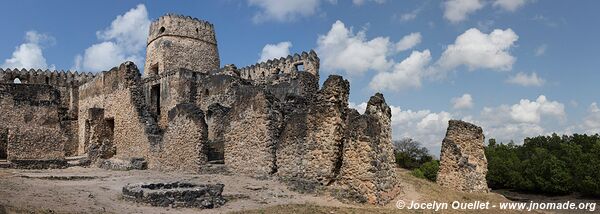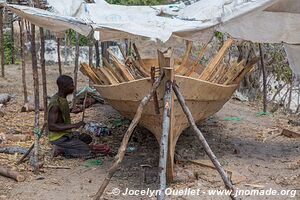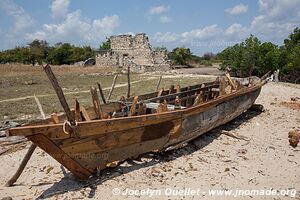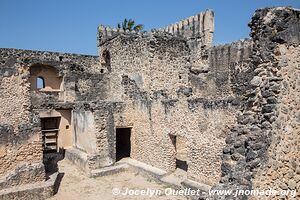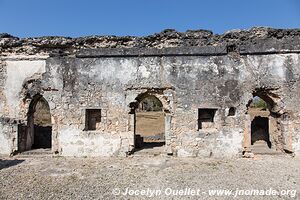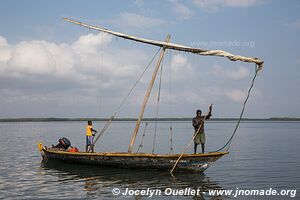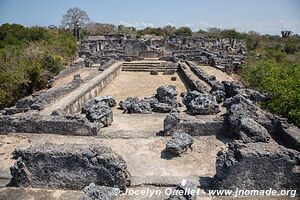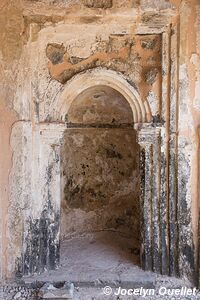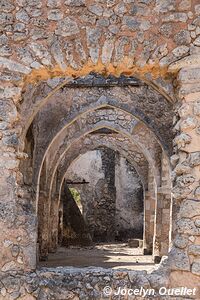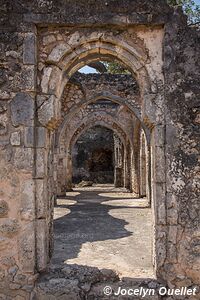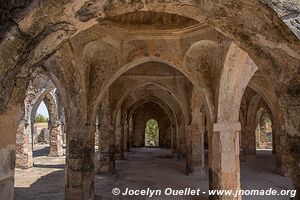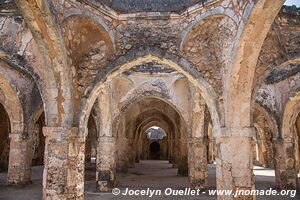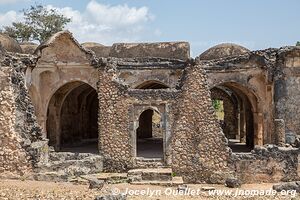Swahili cities
East Africa was known by the Greeks since 400 BC. Important trading posts had been established in the region. In the early part of the first millennium AD, traders from the Mediterranean, Arabia and Persia established themselves along its coasts.
The Arabs intermixed with the Bantu people (the black people) living in the region. Slowly, the Swahili culture was born and progressed. Moreover, the Arabs brought Islam, which by the 11th century had become an important religion.
Here are three ancient cities of the Swahili culture. They are mostly ruins, but it is easy to imagine the wealth that those cities had at the top of their influence.
Mikindani
Mikindani was a major port for the caravans coming from Lake Niassa (Lake Malawi). At the end of the 15th century, the network of caravans extended across southern Tanzania as far as Zambia and Congo (DRC). At that time, slaves, ivory, and copper were the valuable resources.
In the middle of the 16th century, Mikindani was under the control of the sultan of Zanzibar.
In the 19th century, after the ban on the slave trade, the importance of Mikindani declined until the 1880s. At that time, the German colonial government established a regional headquarters and massive rubber, sisal, and coconut plantations.
When the British took control, Mikindani was abandoned and since then the city seems to be slowly deteriorating.
Kilwa Kivinje
Kilwa Kivinje owes its existence to the Omani Arabs that established a base at the beginning of the 19th century. In the middle of the 19th century, the village had become an important hub of the slave trade. At the end of the 19th century, the Germans had established an administrative centre.
After the ban on the slave trade and the defeat of the German during the war, Kilwa Kivinje has become a crumbling village with its mixture of Swahili and German architecture.
Nowadays, the village is still very active. In addition to the historical ruins, the port is a very interesting place to visit.
Kilwa Kisiwani
Kilwa Kisiwani was the seat of sultans and the centre of a vast commercial network linking the Shona Kingdom and the gold of Zimbabwe to Persia, India, and China. Ibn Battuta, a famous traveller and historian of the 14th century, visited the city and described it as exceptionally beautiful and well built.
At the beginning of the 13th century, Kilwa Kisiwani had commercial links with Sofala (in Mozambique). Eventually, it came to dominate the gold trade. The city became the most powerful trading centre on the Swahili coast.
At the end of the 15th century, the importance of the city started to decline since Sofala freed itself from the domination of Kilwa. At the beginning of the 16th century, the Portuguese took control of the region.
It is only 200 years later that Kilwa Kisiwani once more became an important trading centre. At that time, the main trade was slaves.
In 1780, Kilwa was taken over by the Sultan of Oman. Then, in the middle of the 19th century, the Sultan of Zanzibar took control and the trade was moved to Kilwa Kivinje. The city declined to the state it is today.






